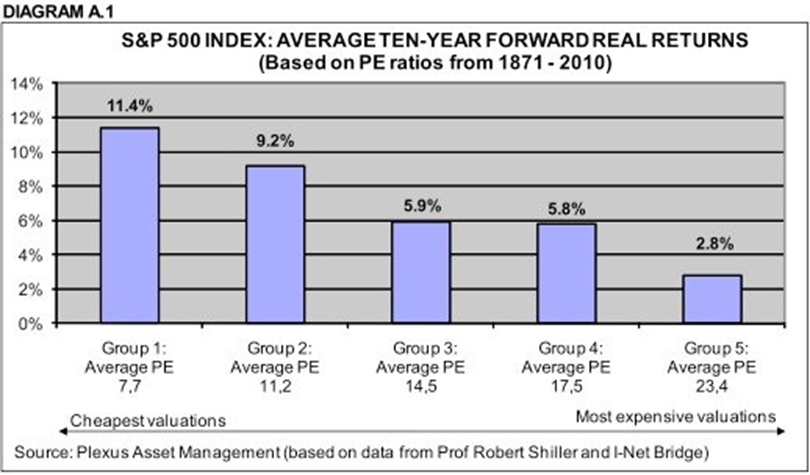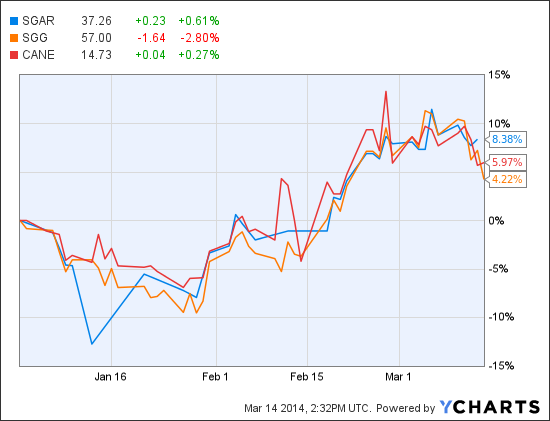What to avoid when you buy ETFs
Post on: 17 Июль, 2015 No Comment

If there’s one thing the financial industry excels at, it’s taking a good idea and over-complicating it.
Exchange-traded funds (ETFs) are a great example of this in action. As we discussed last time, ETFs are a very useful type of passive fund. They give you cheap access to almost any market you can think of.
As a result, they’ve become very popular. And so financial product providers have tried to push ETFs into as many markets as possible.
There’s nothing wrong with this. It’s great being able to track the price of the Brazilian or the Indian stock market simply by buying a single ETF on the London Stock Exchange.
But as well as widening the range of markets on offer, the products have become more complicated too. There are three particular types of ETF that we think you should be very wary of.
They have their uses, but they are certainly not for beginners – and they won’t necessarily do what you might expect them to.
The trouble with exchange-traded commodities
Some ETFs offer what looks like an easy way to track the price of a certain commodity. And some of these products are extremely useful.
For example, you can get precious metals ETFs that track the price of gold or silver. Many of these ETFs are physically backed by the metals themselves. So you know exactly what you’re getting. These are a very handy way to track the price of gold or silver if you don’t fancy buying the physical metal yourself.
However, other commodity-tracking ETFs offer to track the price of soft commodities like corn, or wheat, or an energy commodity like oil.
That might sound good to you. Perhaps you are gripped by a hunch that the oil price is about to tank. Or that corn prices will spike as climate change destroys crops in America’s midwest. You might be tempted to put your hunch to the test by buying one of these products.
Stop. Here are a couple of simple questions to ask before you do so. Do you know what contango is? Do you know what backwardation is?
If not, then you shouldn’t touch these products with a ten-foot bargepole. (I’m not going to explain what they are here as that’s beyond the remit of an email for beginners – but if you are desperate to know, you can read more here ).
In short, the problem with these ETFs is that they don’t own the underlying commodities. That’s because while storing gold bars is pretty easy, storing barrels of oil or tonnes of grain isn’t.
So what they own is contracts giving them the right to buy these commodities within a certain timeframe. When the time runs out, the contract needs to be sold, and another bought (the contract is ‘rolled over’).
Usually, this costs the fund, and it can be quite a substantial cost. So even if the price of the commodity seems to be going up, you could easily lose money.
So unless you have an intimate understanding of the commodities futures market, then stick to physically-backed precious metals ETFs. These track the price reasonably accurately, so it’s easy to understand what they do.
Whether they will make you a profit or not is a different matter – but at least you can understand the bet that you’re making.
The dangers of ‘short’ and ‘leveraged’ ETFs
The other types of ETF that you should avoid are the ‘short’ ETFs and ‘leveraged’ ETFs.
‘Short’ ETFs offer you the chance to bet on a market falling. They promise to offer the ‘inverse’ return on an index. In other words, when the index falls, the ETF rises, and vice versa.
‘Leveraged’ ETFs offer to give you twice or even three times the return on a given index. So if the index rises by 5% in a day, you’d expect the ETF to go up by 15%.
You can even get ‘short leveraged’ ETFs, that offer, say, double the inverse return on an index. So if the index falls by 5% in a day, such an ETF would go up by 10%.

This all sounds great, particularly if you think a market is headed for a fall. But the trouble is that once again, these ETFs may not do what you expect them to.
The key problem is that the ETFs are rebalanced daily. In short, that means that if you hold them for more than a day, they start to drift away from the performance of the underlying index.
Here’s an example to show you how it works. Say an index rises by 10% over one day, from 100 to 110. A two-times leveraged ETF based on the index would rise by 20%, from 100 to 120. So far, so good.
On day two, the index falls by 5%, from 110 to 104.5. The double-leveraged ETF falls by 10%. That takes the ETF from 120 to 108.
So after two days, the index has risen from 100 to 104.5. That’s a gain of 4.5%. So you might expect the double-leveraged ETF to have risen by 9%. But it hasn’t. It’s gone from 100 to 108, which is a gain of 8%.
That’s after just two days. Think of the potential drift after a month.
The more leverage an ETF uses, the worse the drift will be. But even simple ‘short’ ETFs will drift over time.
So while these products might be useful for short-term traders, they certainly aren’t for beginners, or for investors who want to make a long-term bet on a market falling.
The golden rule
Let me make one thing clear: no one is trying to con anyone here.
But these products are only suitable for people who really understand the bet that they’re taking. If you just look at the name of the ETF and make assumptions about how it works, you’re likely to be disappointed.
In short, as you’ve hopefully gathered by now: if you don’t understand it, don’t invest in it!














